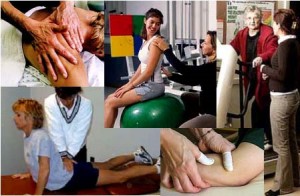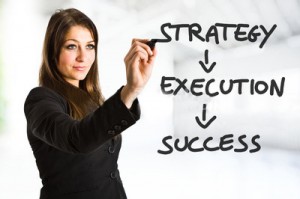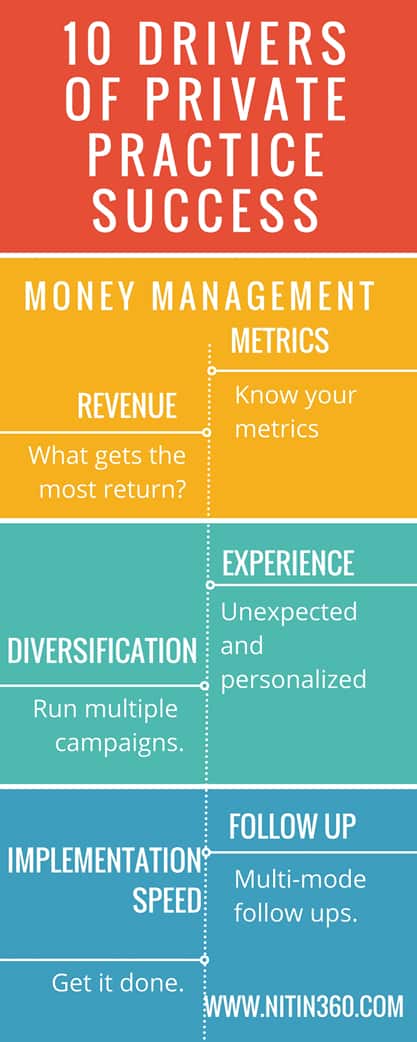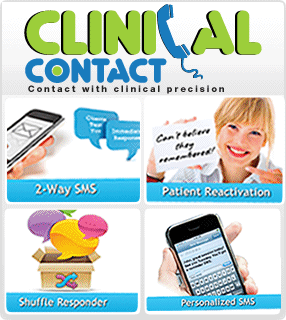Optimal practice work flow for physical therapy marketing requires you to be efficient in every aspect of patient interaction. It starts before the patient comes into your clinic. It continues after the patient has been discharged from your clinic. If you want to improve your practice workflow, a good place to start is by identifying the attributes that separate some physical therapy business practice owners from others.
There are two types of physical therapists. There’s the type that is extremely efficient. There’s everyone else who is ‘average’ in terms of efficiency. Now, if your efficiency is anything less than optimal, it puts you in a situation where you are doing a lot more work, probably more than you need to. In reality, that’s low efficiency.
Highly effective physical therapists never bring work home. They do everything they can to streamline documentation, keeping it simple yet efficient. Documentation is not about complex systems and charts with trendy EMRs, it’s not about making it more complex than it seems to be. It’s about getting it done as quickly as possible. Documentation should be fast, easy and simple. You shouldn’t bring it home with you, and if you are, it’s a sign of low efficiency.
For a clinician, ‘things that matter’ include patient care, staff management and business strategy. Everything else is just noise. On the other hand, low efficiency physical therapists are ‘constantly busy’ but never going anywhere. They may appear busy but are not making optimum use of their time, since they are focused on the things that can be done by other individuals.
Achievers want solutions, they don’t waste time defining the problem. They do sometimes function ‘as they go along’ and don’t plan compulsively. They are in the ‘implementation phase’ and not the planning phase. Others tend to whine about ‘lack of time’, ‘poor patient flow’, and tend to suffer from burnout due to fatigue.
 Efficient private practice owners identify and train staff that is flexible and can handle multiple tasks. They build lean, strong units that are agile and flexible, and believe that ‘less is more’. On the other hand, low efficiency private practices tend to depend on one (or a few) key individuals who are ‘specialists’ and overloaded with tasks. It’s human nature to ‘overload’ the individuals who have increased capabilities, but a team is more efficient if it consists of individuals with multi-faceted skills, which makes resource allocation easy for the owner.
Efficient private practice owners identify and train staff that is flexible and can handle multiple tasks. They build lean, strong units that are agile and flexible, and believe that ‘less is more’. On the other hand, low efficiency private practices tend to depend on one (or a few) key individuals who are ‘specialists’ and overloaded with tasks. It’s human nature to ‘overload’ the individuals who have increased capabilities, but a team is more efficient if it consists of individuals with multi-faceted skills, which makes resource allocation easy for the owner.
Now, I know this sounds counter-intuitive and may even sound WRONG. But here’s the fact. High efficiency private practice owners are busy seeing patients, and others wait for them. Think about it. If someone wants to see a physician, and they are able to get an appointment right away, does that mean the practice is busy (efficient?). What is your perception going to be in this situation? Physical therapy is no different. A patient who walks into a clinic and can ‘see the therapist right away’ is working with a clinician who does not have the right systems in place for maximum efficiency. For such clinicians, patients generally have a shorter wait time and in some cases, a greater sense of ‘entitlement’ over the therapist’s time. It’s not a situation you want to be in as a private practice owner. Besides, if patient’s have to wait longer to see you, it means you are running a busy practice and generating more income.
Have a great week!
Nitin Chhoda PT, DPT
Join us for the #1 Rated Physical Therapy Business Conference in the Country.
www.ignitionevent.com<——— Click here to secure your tickets before the price goes up.
September 23, 24, 25 in San Diego, CA.
Tickets are 65% off for a limited time.
We only have a certain amount of tickets available at this price, so
CLICK HERE TO SECURE YOUR SEAT


 hese clinicians remove or modify existing practice work flow to improve efficiency and maximize every moment spent with the patient. Every aspect of the
hese clinicians remove or modify existing practice work flow to improve efficiency and maximize every moment spent with the patient. Every aspect of the 




